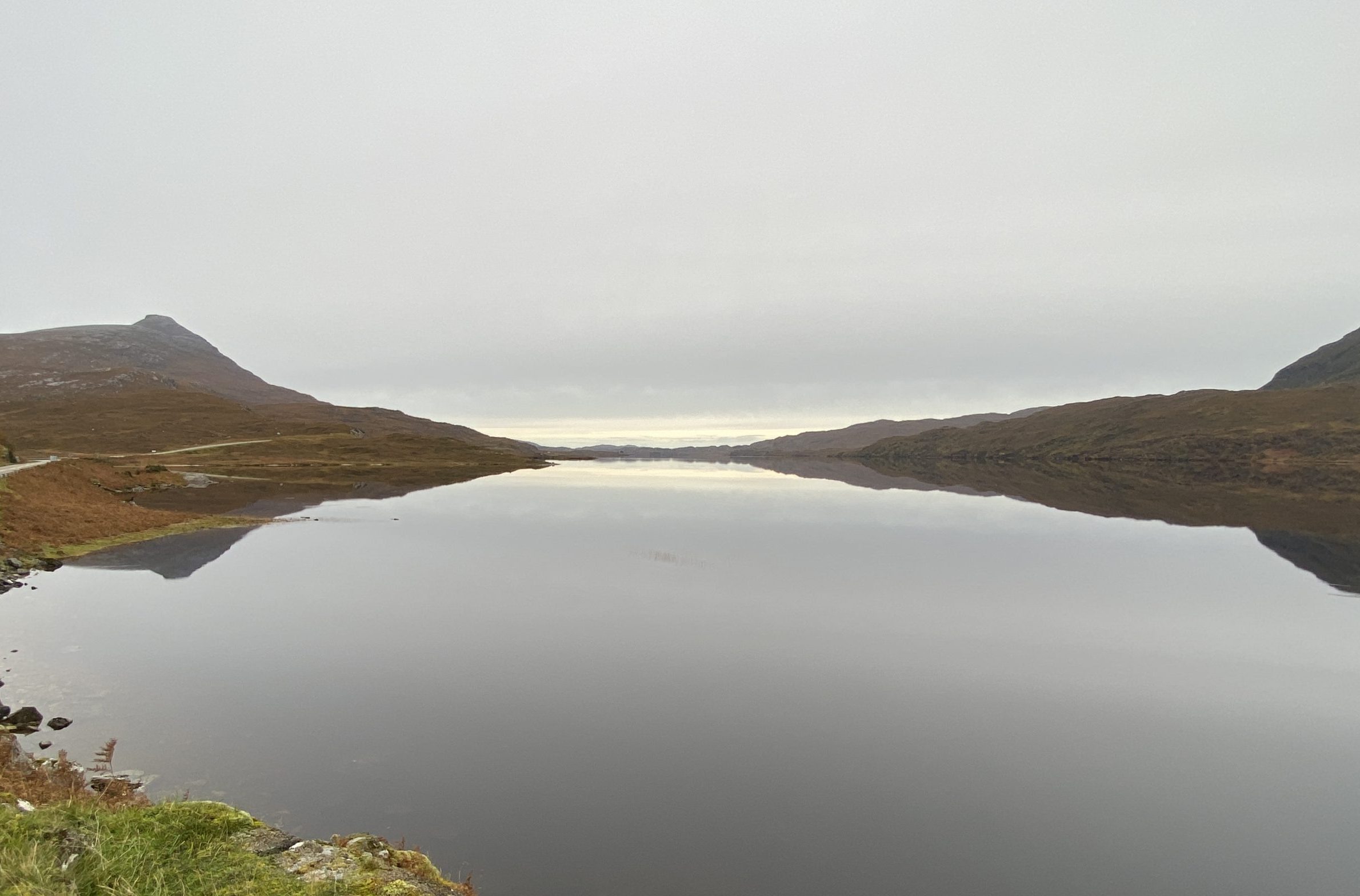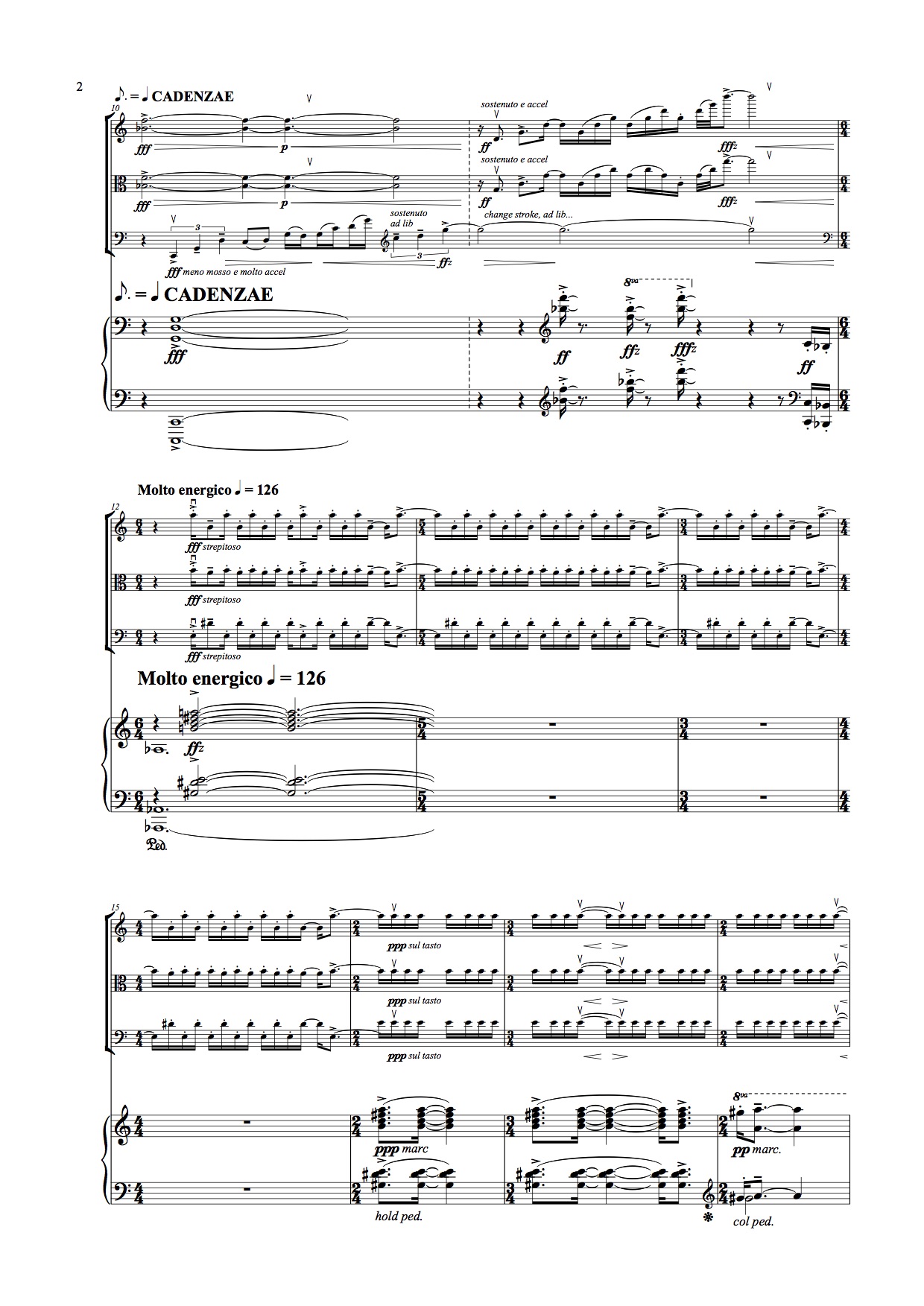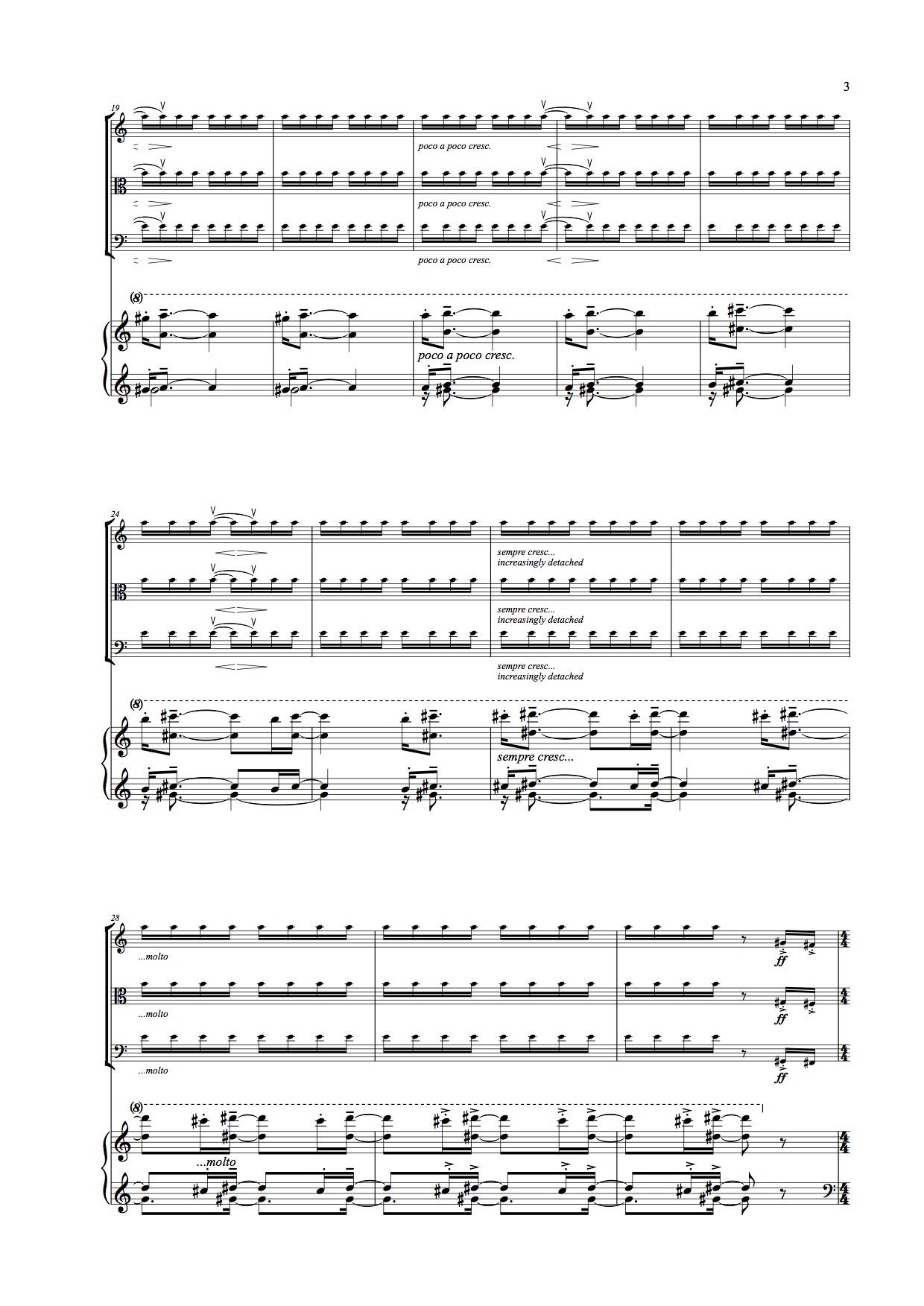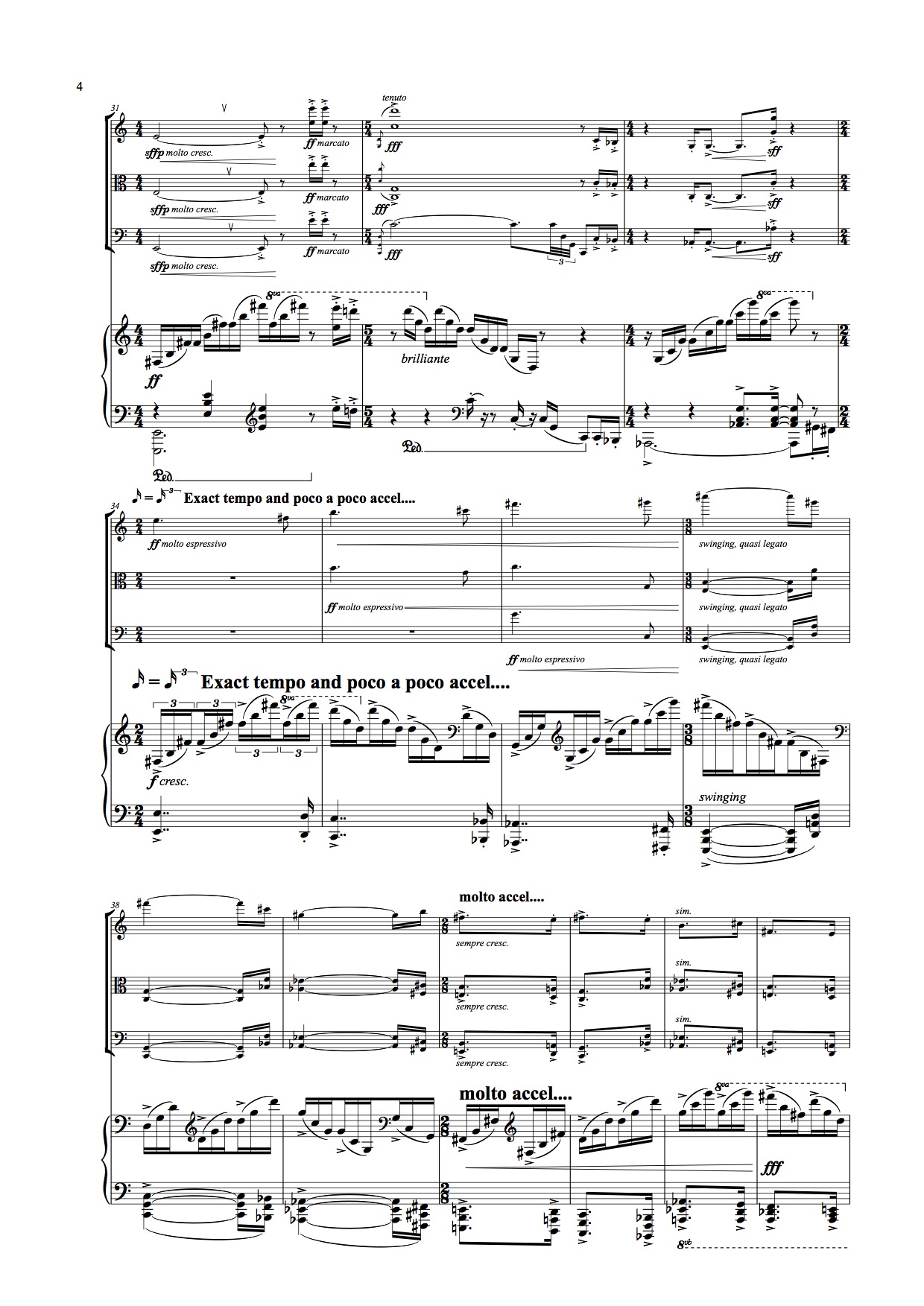Crystal is a response to the pandemic, it being basically a celebration of nature.
The title refers to ‘as clear as…’
The music expresses the awful disparity of the early days of lockdown: so much death, sickness and loneliness on the one hand, and on the other such vibrant screams of nature once we humans were out of the way for five minutes. I could not avoid the feeling that the world itself was a much happier and basically ‘better’ place without so many humans knocking around in it – however terrible that experience was for a lot of humans. Put another way, when faced with the seeming inevitability that we will at some point exterminate ourselves, I find comfort in the fact that nature will barely even notice – or if it does, it will be with a huge sense of relief.
The work is structured in the four conventional movements of a Sonata, Quartet or Symphony – hefty and generally fast, slow, scherzo, finale – although the sections metamorphose into each other rather than having clear delineations. In musical terms the piece is based around the interval of a second, either descending or ascending, which then grows into a third, and then a fifth. Melodically this suggests to me a sort of striving or ‘growing’ upwards, or perhaps a sort of ‘peeping’ through, like a shoot emerging from the ground. Such materials also lend themselves to simple melodic contours going up and down in stepwise fashion, rather like a folksong. Harmonically the same materials can be combined in varying ways to create diverse musical palettes – a rather dissonant language, such as is heard at the outset, and a contrasting purer consonant one, although crucially (to my mind, at any rate) one not conventionally triadic or tonal. I also use combinations of the aforementioned thirds and fifths built up in a manner reminiscent of Vaughan Williams – particularly in the slow movement.
The first movement is rather like an introduction in a way, with many changes of speed and mood, a variety of sounds and material, including a series of cadenzas for the different instruments, and some rather chaotic sounds and gestures. This all eventually settles down a bit and segues into the rather pastoral and folksy slow movement. Various progressions heard here in a very sparse and quiet mood will eventually return in the finale, having blossomed into a super-fast, powerful, almost heroic form.
The scherzo is quirky, childlike and improvisatory, and leads into a brilliant and extremely virtuosic finale, like some sort of pagan dance of nature. I know it’s a macabre thought, but I like to imagine the birds and the bees will still be around when we are all gone, dancing the night away…
Browse:
Browse the opening pages of the printed score. To purchase a copy please email [email protected]
Back to list of works




